Description
Walnut and walnut veneer, portor marble top, locks in silver metal. Command furniture for a large Monegasque residence. Manufacture in its workshops around the years 20/30.
Restorations of use and maintenance.
Measures: Height 168 x width 130 x depth 47 cm
Bibliography: Clément Goyeneche – Architect – Painter – Designer (1893 -1984) Curriculum Vitae Clément Goyeneche: Professor in charge of the most important section of the school, Clément Goyeneche, from Nice, of Basque origin, was himself a student of ENAD Nice 1910-11. He will obtain in 1911 the First Prize of a national competition among all art schools in France: the “General Competition of Decorative Composition” organized by the Society for the Encouragement of Art and Industry and the Ministry of Arts. Fine Arts. This first success will be the starting point of a brilliant career because the Baroness Ephrussi de Rothschild will order from time to time the project of the great mosaic of the patio of Villa Ile-de-France in Saint-Jean-Cap-Ferrat and will obtain a few months later a grant from the City of Nice to continue his studies in Paris: the School of Fine Arts (Atelier Cormon) and the National School of Decorative Arts. He will go to Paris several young Nice who will be his classmates and will remain close friends and subsequently associates in several projects on the Côte d’Azur, including architects Richard Laugier and Paul Labbé or artists-decorators René Cera and Mario Simon: during these years of study they will all remain in close relationship with Paul Audra, the Director of ENAD, with whom they had a true relationship of “filial piety” in the words of Clément Goyeneche in a correspondence. Clément Goyeneche will work very quickly with great Parisian designers such as Maurice Dufréne, Francis Jourdain, the fashion designer Paul Poiret (Atelier Martine), the architect Mallet-Stevens and the Atelier Primavera of the Grands Magasins du Printemps, and he will collect the rewards like the First Prize of the Decorative Art Competition of the magazine “Les Arts Français”. And at only 23 years old, he will be awarded first prize in the national competition to obtain the “Certificate of aptitude for the teaching of the Decorative Composition”, which will make him the youngest professor in France and earn him his appointment in 1920 as teacher at the National School of Decorative Arts of Nice. Clément Goyeneche, president of the Nice Cosmetic Consultation Commission for the International Exhibition of 1925, presents the main directions in an introductory report: “Modernism is a conception based on the balanced relationship between the permanent aesthetic laws and the particular expression corresponding to the common needs and the ambient sensibility of an era. These needs and this sensitivity are in a constant state of evolution. An art form is beautiful forever and enters the vast domain of classicism as soon as it is born directly from life at a certain moment and satisfies both the most logical application of to the guiding principles of human thought. It achieves unity by the balance of contrasts, the living expression by the affirmation of a dominant. Material constant: technique specific to each subject, the most direct and the simplest possible. Ownership of the function: the function determines the appearance. (…) Constant aesthetic: the decor is not always necessary it is in situation only for reasons of flexibility and strict variety. Most often the architectural structure is self-sufficient. When there is decoration: correspondence of the decoration with the structural form, the destination, the function, the situation. Accuse and never conceal the architectural structure. Highlight the shape of elementary geometric solids (sphere, cylinder …) entering the architectural structure. Accuse the function by highlighting the elements of practical necessity. (…) Current art is based on the principles just stated. He tends to pure clacissism, which is an essential expression of life, which admits all poetic fantasy, moreover strongly attached to the control of reason. He repudiates any academic formula. (…) Contemporary art seeks frankness and freshness in form, the effect of the luminous contrast, the colorful harmony. He tries to retain only the essential elements of the expression, to generalize these elements to abstraction. (…) He considers as harmful all that is useless. He rejects any pastiche of the vanished art forms, as no longer corresponding to the present life. He respects and uses any traditional and logical technique. It satisfies new needs using new materials and their corresponding techniques, without entering the mold of known forms. Desiring to avoid anonymous art, it tends to mark the characters of life specific to each region and also individual sensitivities (geographical location, climate, habits, temperament). In short, current art is based on the “higher useful” and opposes “art for art”. The pavilions of the Côte d’Azur of the two international exhibitions “Art Deco” of Paris in 1925 and in 1937 The Alpes-Maritimes Pavilion at the 1925 Paris International Exhibition of Modern Decorative and Industrial Arts. The newspaper “Le Petit Niçois” in its edition of August 7, 1938 title on the Pavilion of the Côte d’Azur which receives a First Grand Prix, the highest reward of the Exhibition: “Clément Goyeneche, who made a special statement at the 1925 Decorative Arts Exhibition, and won a Grand Prix, is again the winner of a major award. This artist has indeed come back to see his talent recognized and rewarded (..)

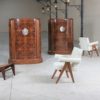
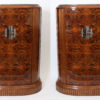




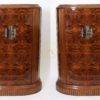
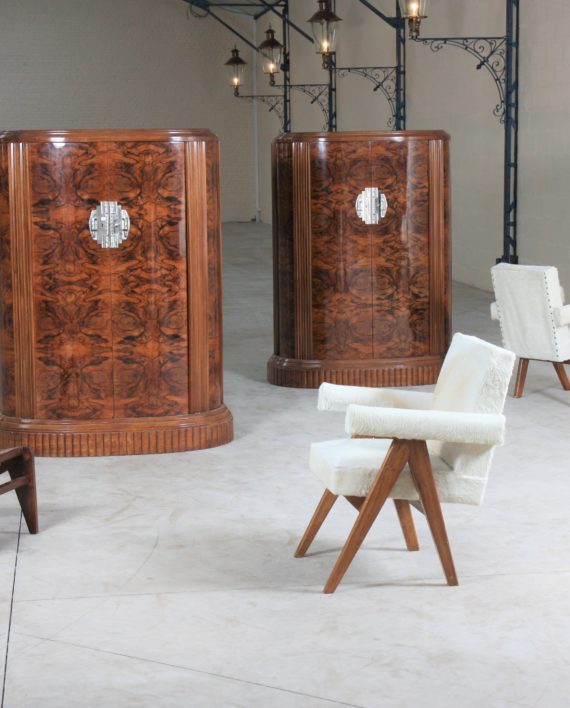
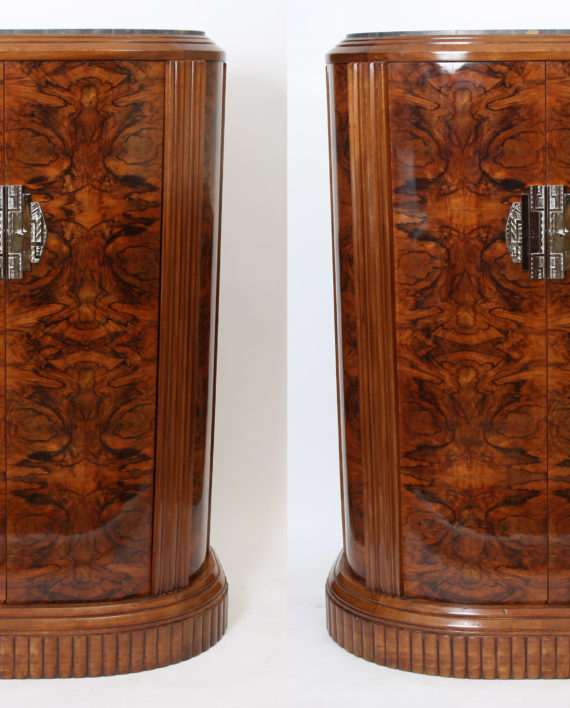
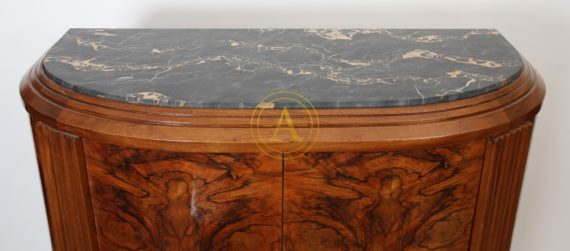
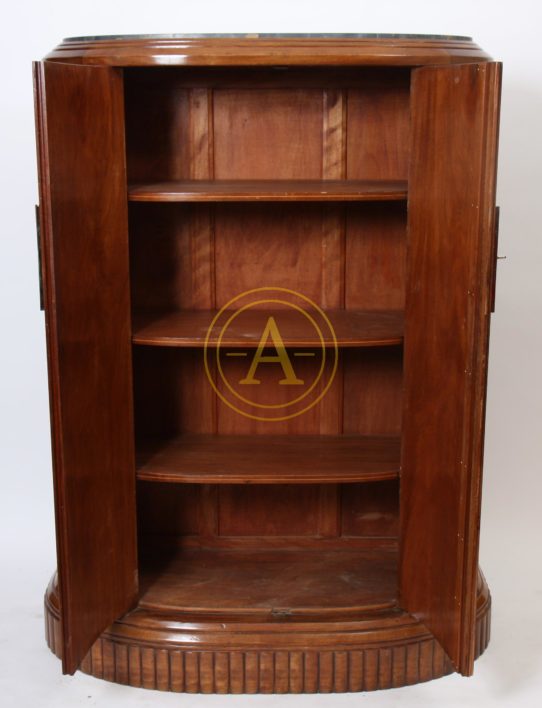
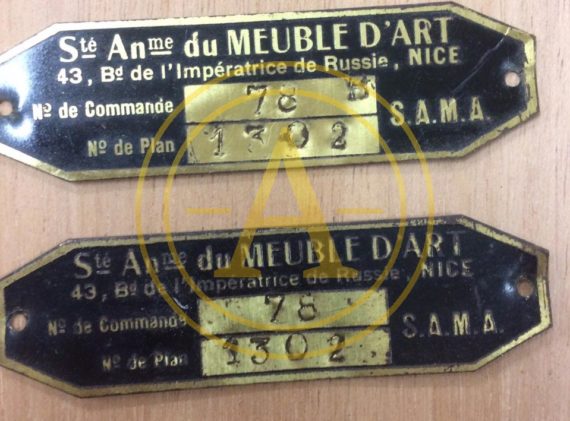
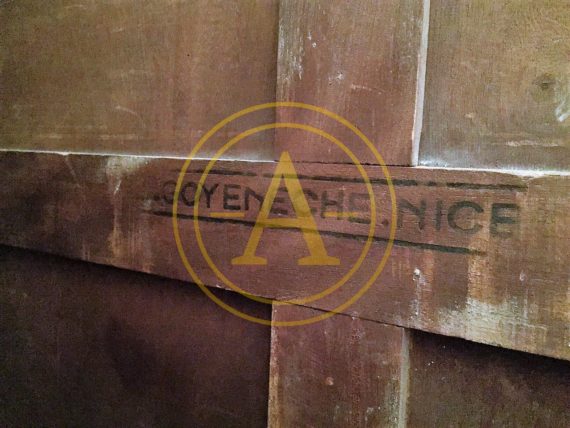
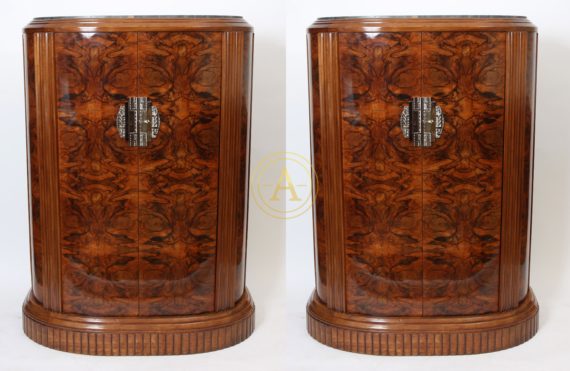
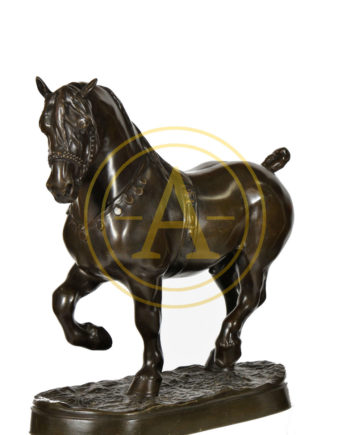
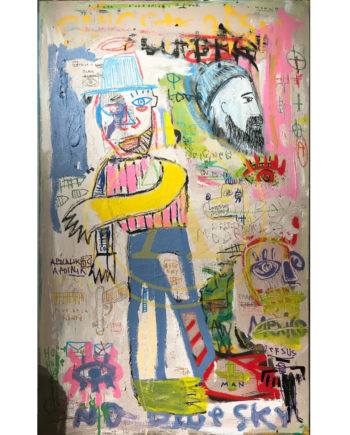

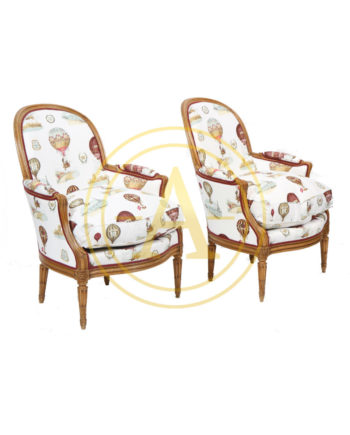
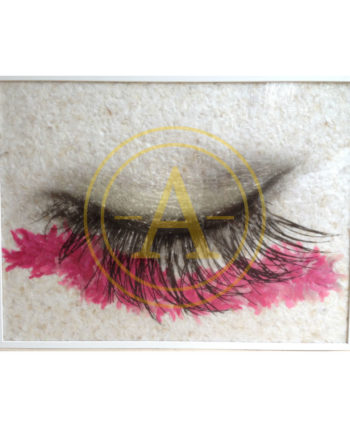
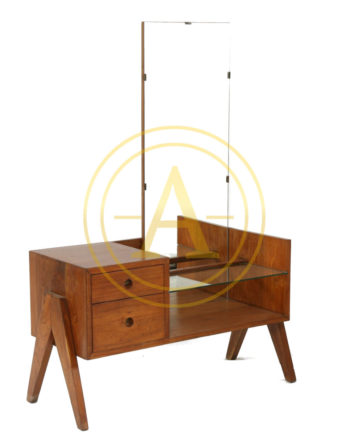
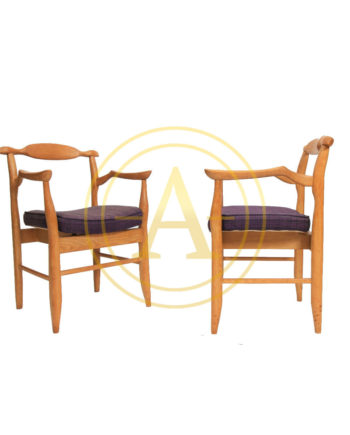
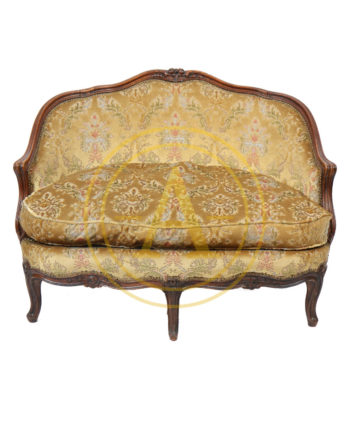
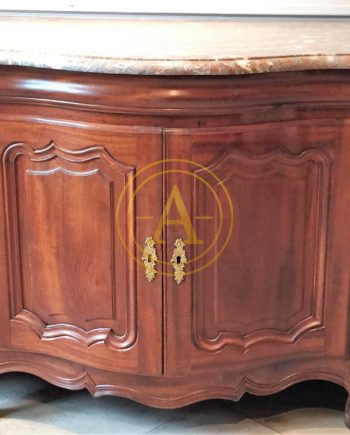

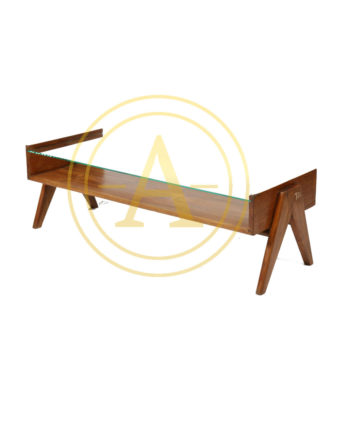
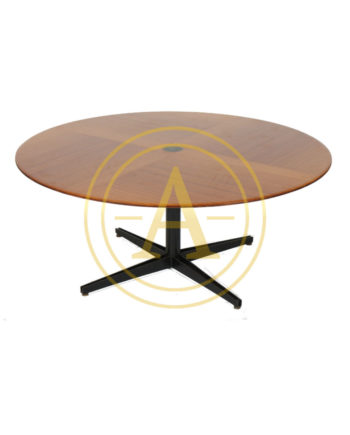

Reviews
There are no reviews yet.